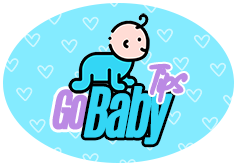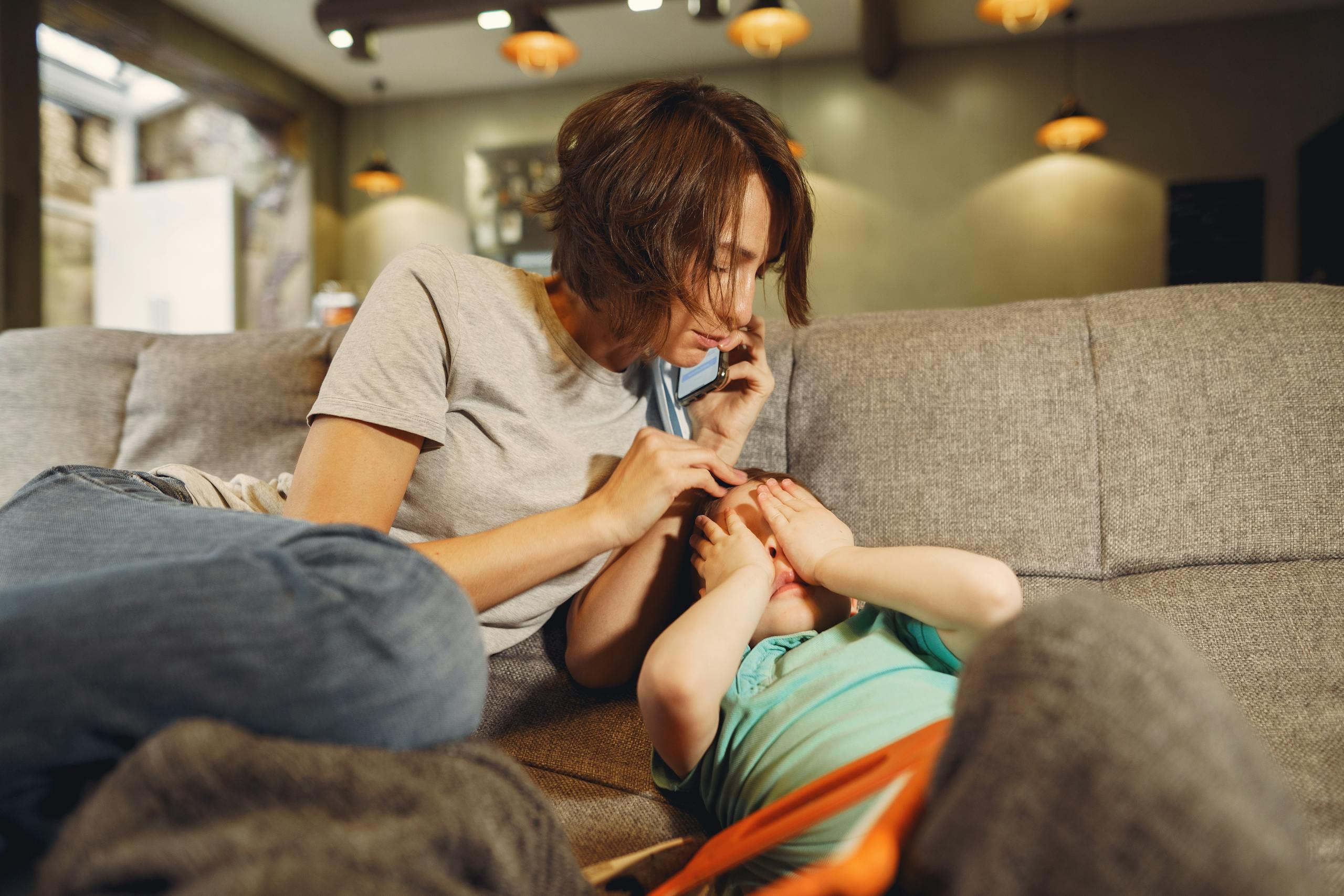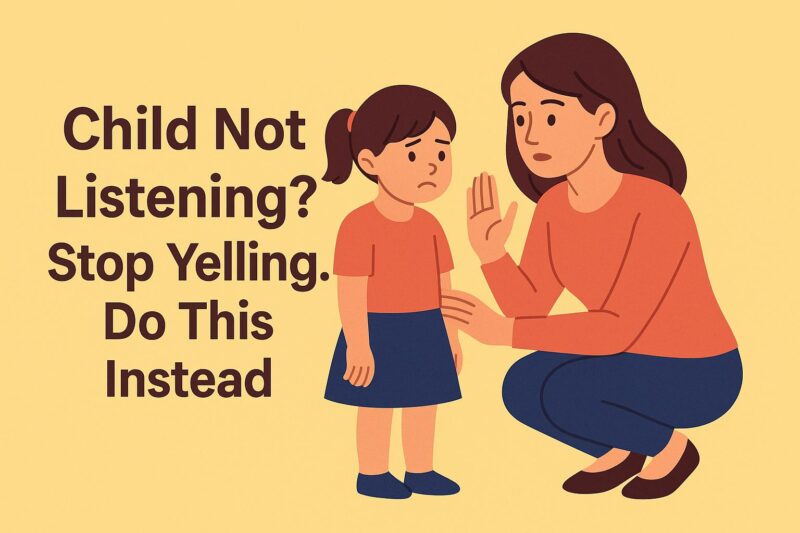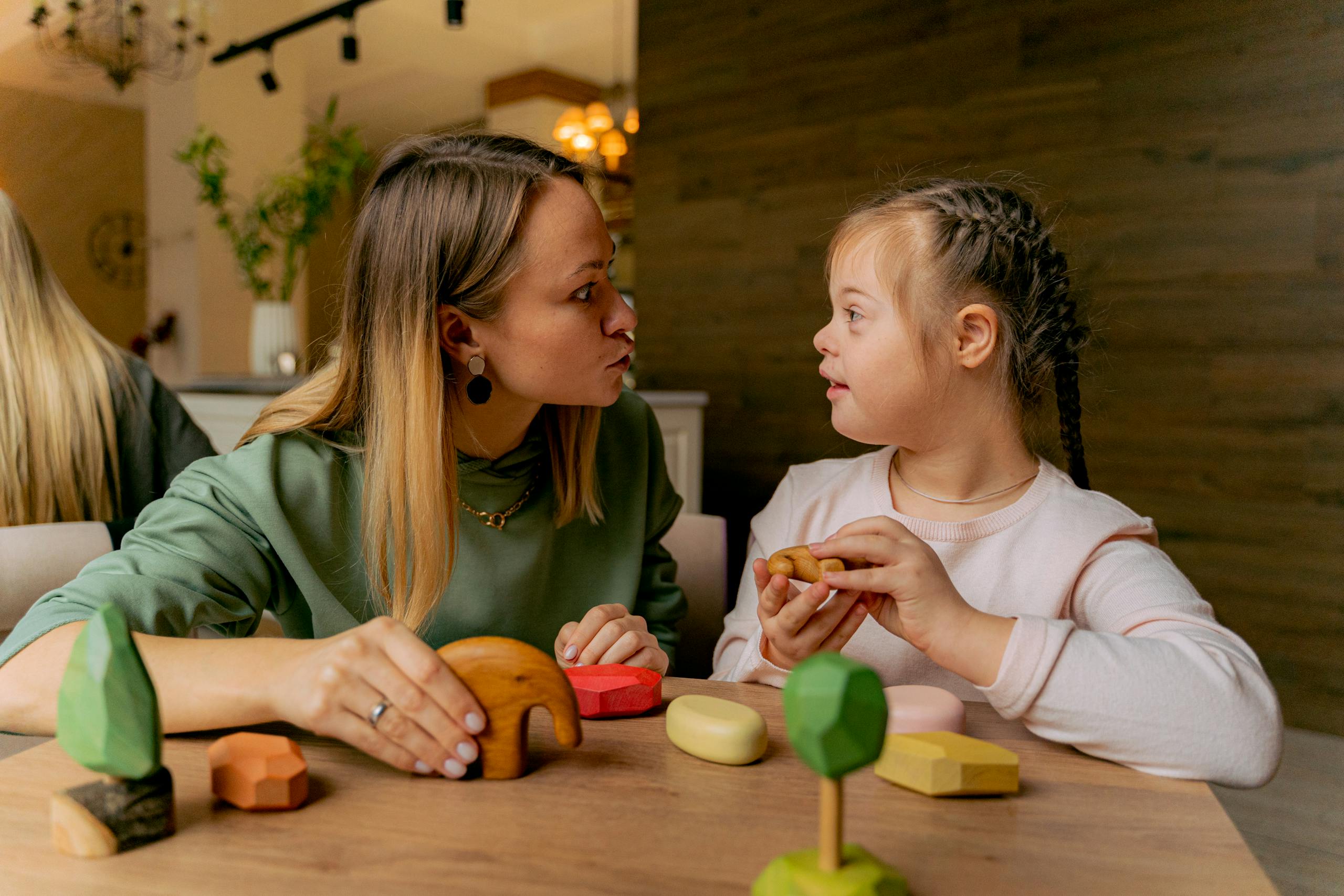Managing Pain in Children
Pain is the body’s way of signaling that something might be wrong. It’s a complex experience that involves both physical sensations and emotional responses. When the body is injured or affected by illness, nerves called nociceptors detect the damage and send signals through the spinal cord to the brain. The brain interprets these signals as pain, which helps us take action to protect ourselves—like pulling away from something hot or resting a sore area. Pain can be acute, coming on suddenly and lasting a short time, or chronic, persisting for weeks, months, or even longer.

In children, pain can be especially challenging to identify and manage. Younger children may not have the words to describe what they’re feeling, and their reactions—like crying, withdrawing, or becoming irritable—can vary widely. It’s important to recognize both physical and behavioral signs of pain, and to use age-appropriate tools to assess it. Managing pain in children often involves a combination of physical treatments (like medication or ice packs), psychological support (like distraction or relaxation techniques), and emotional reassurance from caregivers. Proper pain management not only improves comfort but also helps reduce fear and anxiety, which can make the pain feel worse.
Assessing Pain In Children
Assessing pain in children means figuring out how much pain a child is feeling, where it hurts, and what kind of pain it is—like sharp, dull, throbbing, or burning. This can be tricky, especially with younger children who might not have the words to explain what they’re feeling. Babies, toddlers, and even some older kids often show their pain through their behavior. For example, a baby might cry more than usual, refuse to eat, or be hard to soothe. A toddler might become clingy, irritable, or refuse to move a painful part of their body. Older children might tell you something hurts but may not be able to explain how badly.
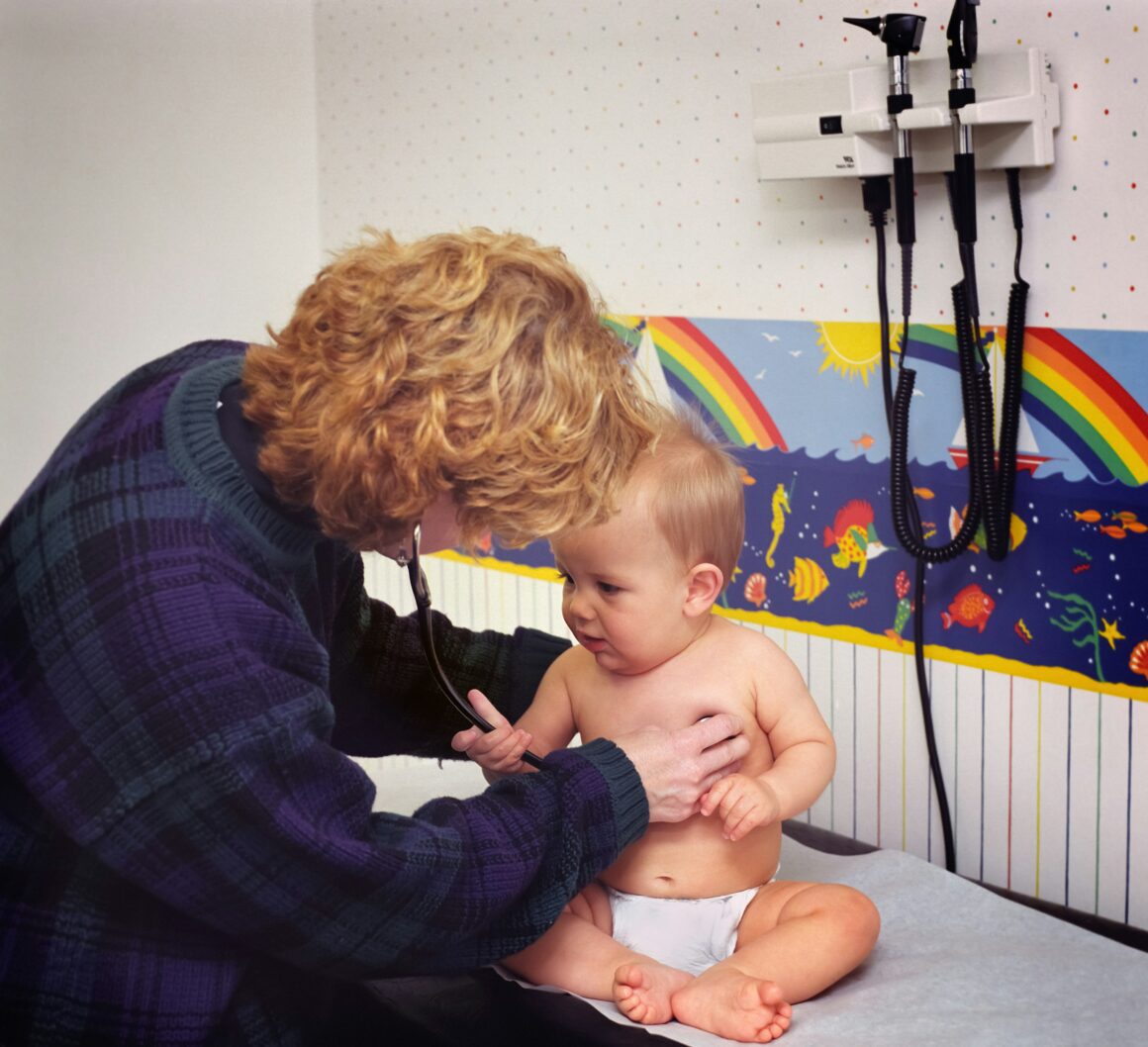
Because children express pain differently at different ages, healthcare providers use special tools to help figure out what’s going on. For babies and toddlers, a common tool is the FLACC scale, which stands for Face, Legs, Activity, Cry, and Consolability. This scale helps doctors and nurses watch for signs of pain, like if the child is grimacing, kicking their legs, crying, or hard to comfort. For children around age 3 and up, tools like the Wong-Baker FACES Pain Rating Scale are helpful. This scale uses pictures of faces ranging from happy (no pain) to very sad or crying (worst pain), and the child can point to the one that best shows how they feel. Older kids and teens can usually use a number scale from 0 to 10, where 0 means no pain and 10 means the worst pain they’ve ever felt.
It’s also important to talk to children gently and ask open-ended questions, like “Can you show me where it hurts?” or “What does it feel like?” Encouraging children to share their feelings helps them feel heard and safe. Understanding their pain helps doctors, nurses, and parents respond in the best way—whether that means giving medicine, using comfort techniques like cuddling or distraction, or helping the child relax. Proper pain assessment not only helps relieve discomfort but also builds trust, reduces fear, and supports the child’s overall healing.
The Physiology Of Pain
The physiology of pain refers to how the body senses and responds to something harmful or potentially damaging. When you get hurt—like touching something hot, getting a cut, or having inflammation—special nerve endings in your body, called nociceptors, detect the injury. These nerve endings send signals through the spinal cord to the brain. The brain then processes those signals and tells you, “Something hurts!” This is a protective mechanism that helps you react quickly, like pulling your hand away from a hot surface or resting an injured ankle.
Pain isn’t just a simple message from the body—it also involves emotions and memory. The brain areas that process pain also deal with stress, fear, and mood, which means how much pain you feel can be influenced by how scared or anxious you are. Over time, if pain continues (as in chronic pain), the nervous system can become more sensitive, causing even mild touch or pressure to feel painful. This shows that pain is not only physical but also deeply connected to how we think and feel, making it a complex experience that goes beyond just the injury itself.
Non-Pharmacologic Management Of Pain
Nonpharmacologic management of pain means using methods that don’t involve medication to help reduce or manage pain. These approaches can be especially helpful for children, as they often respond well to comfort, distraction, and emotional support. One of the most effective methods is distraction—engaging a child in an activity that takes their attention away from the pain. This can include watching a favorite show, listening to music, playing a game, blowing bubbles, or reading a book. Distraction works because when the brain is focused on something fun or interesting, it pays less attention to pain signals.
Relaxation techniques are also valuable in helping children manage pain. Simple methods like deep breathing, guided imagery (imagining a favorite place or happy memory), or progressive muscle relaxation can calm the body and reduce the perception of pain. Teaching a child to take slow, deep breaths during a painful procedure or when they’re feeling discomfort can help slow their heart rate, relax their muscles, and make them feel more in control. For younger children, using tools like pinwheels or blowing soap bubbles can turn breathing exercises into a game.
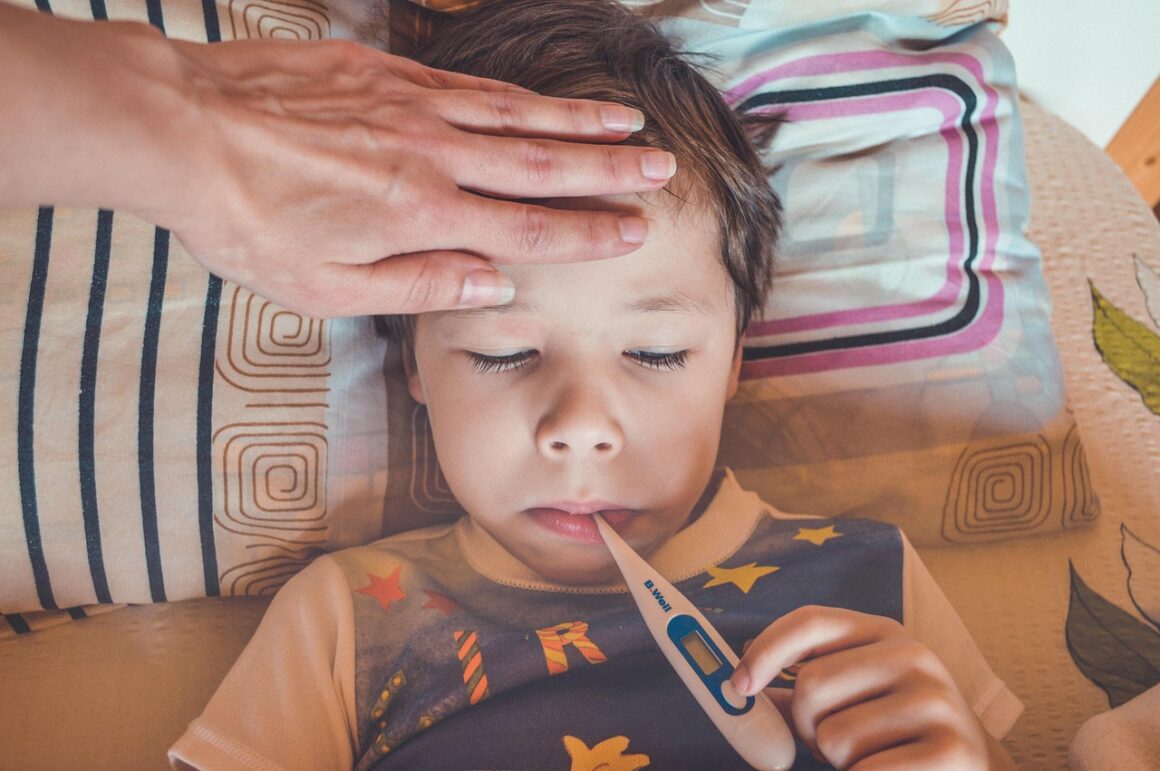
Comfort and emotional support from caregivers play a huge role in pain management. Holding a child’s hand, cuddling, or speaking in a soothing voice can make them feel safe and supported. The presence of a trusted adult can lower stress and anxiety, which are known to increase the feeling of pain. In a hospital setting, allowing parents to be present during medical procedures or encouraging skin-to-skin contact with infants can greatly ease a child’s distress. These non-drug approaches don’t replace medications when needed, but they are powerful tools that work alongside them to help children cope with pain in a more positive and holistic way.
Pharmacologic Management Of Pain
Pharmacologic management of pain involves using medications to reduce or relieve pain in children. Depending on the severity and type of pain, healthcare providers may recommend different kinds of medicines. For mild to moderate pain, over-the-counter options like acetaminophen (Tylenol) or ibuprofen (Advil, Motrin) are commonly used because they are effective and generally safe when given in the right doses. These medications work by reducing inflammation or blocking pain signals. For more severe pain, such as after surgery or with serious injuries, stronger prescription medications like opioids may be used, but always carefully and for a limited time to avoid side effects and dependency.
It’s important that medications for pain in children are given under the guidance of a healthcare professional, as children’s bodies handle drugs differently than adults. Proper dosing, timing, and monitoring are crucial to ensure the medicine is both safe and effective. In some cases, combining medications with different actions, like using a pain reliever along with a muscle relaxant, can improve pain control. Alongside medicines, doctors may also recommend other treatments, such as topical creams or patches, to target pain locally. Overall, pharmacologic management aims to reduce pain enough to allow the child to rest, heal, and participate in normal activities.
Management For Ongoing Pain
Managing ongoing pain in children requires a thoughtful and balanced approach because persistent pain can affect not only the body but also a child’s mood, sleep, and daily activities. The goal is to reduce pain while helping the child stay as comfortable and active as possible. This often means using a combination of treatments tailored to the child’s needs, which can include both medication and non-drug methods. Regular pain assessments are important to track how well the treatment is working and to make adjustments as needed. For ongoing pain, doctors might prescribe longer-term medications at safe doses, but they also focus on helping children learn coping skills, like relaxation and distraction, to manage pain better day-to-day.
In addition to medical treatment, managing ongoing pain often involves support from a team that might include doctors, nurses, psychologists, and physical therapists. Physical therapy can help improve movement and reduce stiffness, which can lessen pain over time. Psychological support is key, too, because chronic pain can cause anxiety or sadness, and learning strategies like mindfulness or cognitive-behavioral therapy can help children handle these feelings. Caregivers play a crucial role by providing comfort, encouraging gentle activity, and helping maintain routines to keep life as normal as possible. Together, these approaches aim to improve the child’s quality of life, not just reduce pain numbers.
Conclusion
Managing pain in children is a vital part of ensuring their well-being and comfort during illness or injury. Because children experience and express pain differently than adults, it requires careful assessment using age-appropriate tools and attentive observation of both physical and emotional signs. Combining both nonpharmacologic methods—such as distraction, relaxation, and emotional support—with appropriate medications allows for a comprehensive approach that addresses not just the physical sensation of pain but also the child’s emotional needs.
Ongoing pain management goes beyond simply reducing discomfort; it aims to improve the child’s overall quality of life by supporting their physical health, emotional resilience, and daily functioning. With the help of healthcare professionals, caregivers, and tailored treatment plans, children can learn to cope with pain effectively and safely. By understanding pain and its management, parents and caregivers play a crucial role in helping children heal, feel secure, and regain their normal activities with greater ease and confidence.
